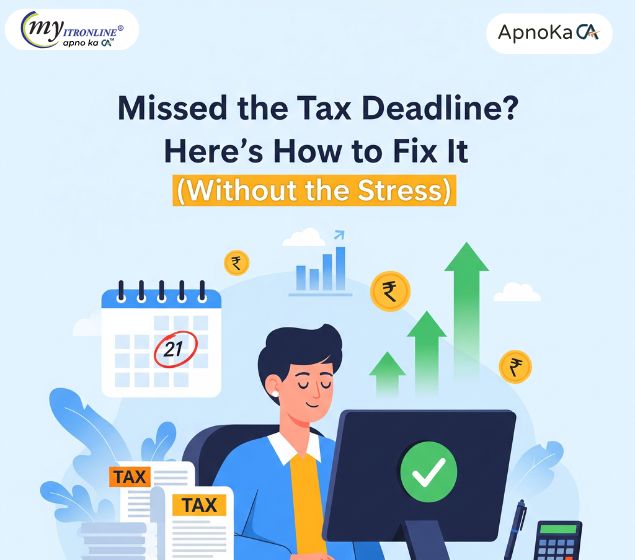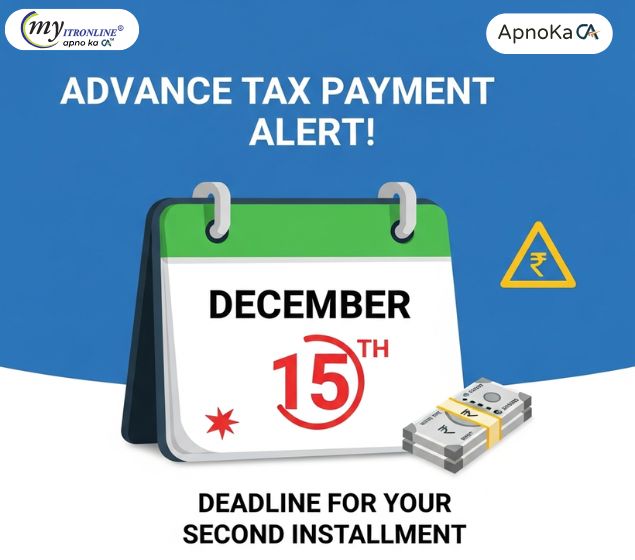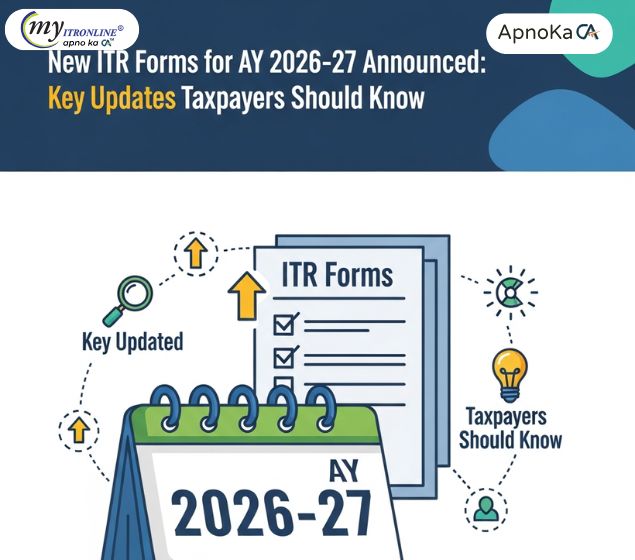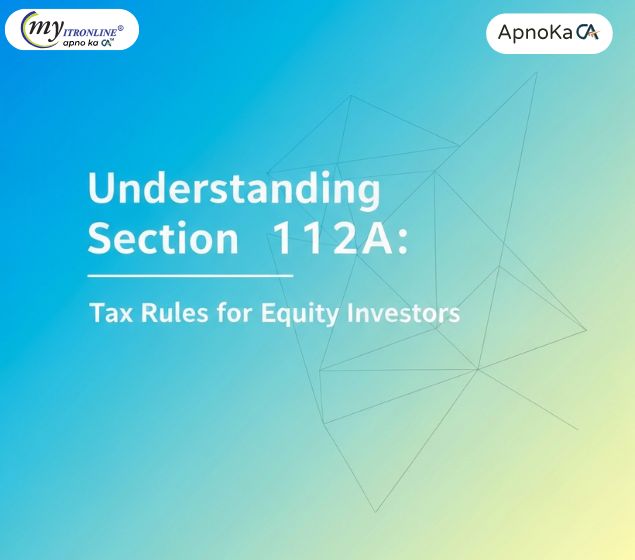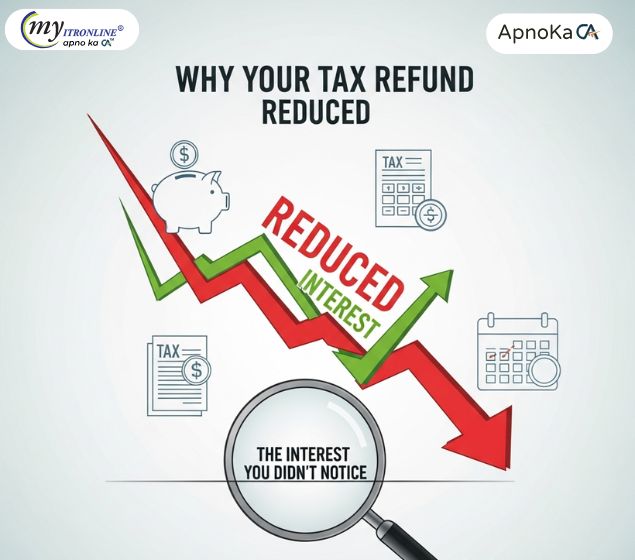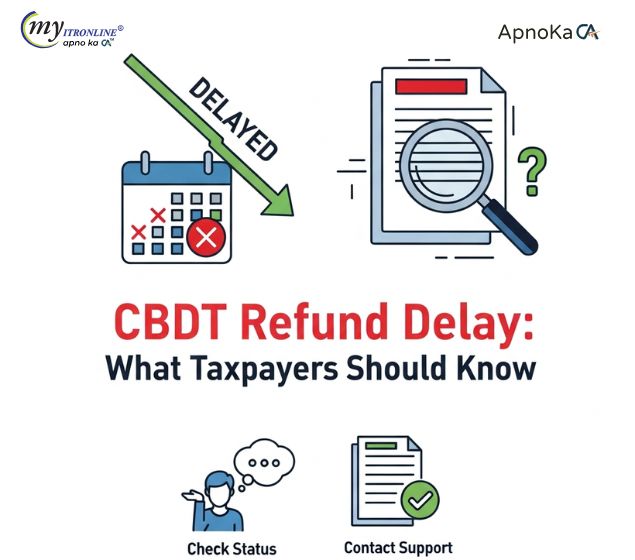Understanding Section 133(6) Notices: A Guide to Responding Effectively
This blog provides comprehensive guidance on how taxpayers can effectively respond to notices issued under Section 133(6) of the Income Tax Act. It covers the scenarios in which these notices are issued, the type of information that may be requested, and best practices for ensuring compliance to avoid penalties and legal consequences.

Responding to a Notice Under Section 133(6) of the Income Tax Act
The Income Tax Act grants various powers to tax authorities to ensure compliance and accurate tax assessments. One significant provision is Section 133(6), which allows the Assessing Officer (AO) to request information from taxpayers or third parties. This detailed blog will help you understand what Section 133(6) entails, the situations in which a notice under this section can be issued, the type of information that can be requested, and the steps to respond effectively.
What is Section 133(6) of the Income Tax Act?
Section 133(6) of the Income Tax Act empowers the Assessing Officer (AO) to request information, documents, or records from any person, including taxpayers, that are necessary for the purposes of the Act. This provision is a tool for gathering details to ensure the correctness of tax returns, investigate potential tax evasion, or collect evidence during audits.
When Can a Notice Under Section 133(6) Be Issued?
A notice under Section 133(6) can be issued in several scenarios, including:
- During Assessment or Reassessment:
- The AO may require additional information or documents to accurately compute a taxpayer's tax liability during the assessment or reassessment process.
- Third-Party Information Gathering:
- The AO may request information from banks, financial institutions, or other third parties holding data relevant to a taxpayer’s income or transactions. This can include details of financial transactions, account balances, or other pertinent information.
- Verifying Claims or Deductions:
- To verify deductions, exemptions, or claims made by the taxpayer in their income tax return, the AO can request supporting documents and evidence.
- Investigating Suspicious Transactions:
- If the AO suspects any unusual or potentially suspicious transactions, they may issue a notice under Section 133(6) to scrutinize these transactions in detail.
What Information Can Be Requested?
The AO can request a wide range of information under Section 133(6), such as:
- Financial Statements:
- Detailed financial statements, including profit and loss accounts and balance sheets.
- Bank Statements:
- Bank account statements, transaction records, and details of deposits and withdrawals.
- Investment Details:
- Information about investments in securities, mutual funds, real estate, etc.
- Asset and Liability Statements:
- Statements detailing the taxpayer’s assets and liabilities as of a specific date.
- Contracts and Agreements:
- Copies of contracts, agreements, invoices, and other documents supporting business transactions.
- Any Other Relevant Information:
- Any other document or information that the AO deems necessary for the purpose of assessment or investigation.
How to Respond to a Notice Under Section 133(6)?
Responding to a notice under Section 133(6) requires careful preparation and timely action. Here are the steps to follow:
- Review the Notice Thoroughly:
- Carefully read the notice to understand the specific information or documents requested by the AO.
- Note the deadline for submission of the requested information.
- Gather the Required Information:
- Collect all relevant documents, records, and information as specified in the notice.
- Ensure that the information is accurate, complete, and up-to-date.
- Prepare a Response:
- Draft a formal response letter addressing the AO.
- Clearly list the documents and information being provided in response to the notice.
- Include explanations or clarifications if needed, to provide context or additional details.
- Submit the Response:
- Submit the response along with the requested documents to the AO within the specified deadline.
- Ensure that the submission method (e.g., online portal, postal mail) complies with the instructions in the notice.
- Maintain Records:
- Keep copies of all correspondence, documents, and evidence submitted to the AO.
- Maintain a record of the date and method of submission for future reference.
Best Practices for Responding
- Timeliness:
- Ensure that you respond within the specified deadline to avoid penalties or further scrutiny.
- Accuracy:
- Provide accurate and truthful information to avoid complications and potential legal issues.
- Professional Assistance:
- Seek help from tax advisors or legal experts to ensure a comprehensive and effective response.
- Clear Communication:
- Communicate clearly and concisely in your response, addressing all points raised in the notice.
Consequences of Non-Compliance
Failure to respond to a notice under Section 133(6) can lead to serious consequences, including:
- Penalties:
- The taxpayer may face penalties for non-compliance under the provisions of the Income Tax Act. Penalties can be significant and vary based on the nature and extent of non-compliance.
- Further Scrutiny:
- Non-compliance may trigger additional scrutiny or investigation by the tax authorities, potentially leading to more detailed audits and assessments.
- Legal Action:
- In severe cases, legal action may be initiated against the taxpayer for obstructing the tax assessment process. This can include prosecution and criminal charges.
Conclusion
A notice under Section 133(6) is a powerful tool used by tax authorities to ensure transparency and accuracy in the tax assessment process. Taxpayers should understand their obligations under this provision and respond promptly and accurately to avoid penalties and further complications. By following the steps outlined in this blog, taxpayers can effectively manage their response and ensure compliance with the notice. Seeking professional assistance can also provide additional assurance that the response is comprehensive and accurate, contributing to a smoother and more transparent taxation process.
FILING YOUR INCOME TAX RETURN F.Y 2024-25 (A.Y. 2025-2026) WITH MYITRONLINE
The income tax filing deadline is right around the corner. If you haven’t filed yet, do it today with Myitronline! Avoid last minute rush and file your tax return today on MYITRONLINE in Just 5 mins.(www.myitronline.com)
If you are looking for eCA assistance to file your income tax return/ GST, you can opt for MYITRONLINE eCA assisted plan starting
Upload Salary Individual Form-16
If you have any questions with filing your tax return, please reply to this mail. info@myitronline.com OR call 9971055886,8130309886.
Note-All the aforementioned information in the article is taken from authentic resources and has been published after moderation. Any change in the information other than fact must be believed as a human error. For queries mail us at marketing@myitronline.com
Krishna Gopal Varshney
An editor at apnokacaKrishna Gopal Varshney, Founder & CEO of Myitronline Global Services Private Limited at Delhi. A dedicated and tireless Expert Service Provider for the clients seeking tax filing assistance and all other essential requirements associated with Business/Professional establishment. Connect to us and let us give the Best Support to make you a Success. Visit our website for latest Business News and IT Updates.
Leave a reply
Your email address will not be published. Required fields are marked *Share this article
Krishna Gopal Varshney, Founder & CEO of Myitronline Global Services Private Limited at Delhi. A dedicated and tireless Expert Service Provider for the clients seeking tax filing assistance and all other essential requirements associated with Business/Professional establishment. Connect to us and let us give the Best Support to make you a Success. Visit our website for latest Business News and IT Updates.
View articles











